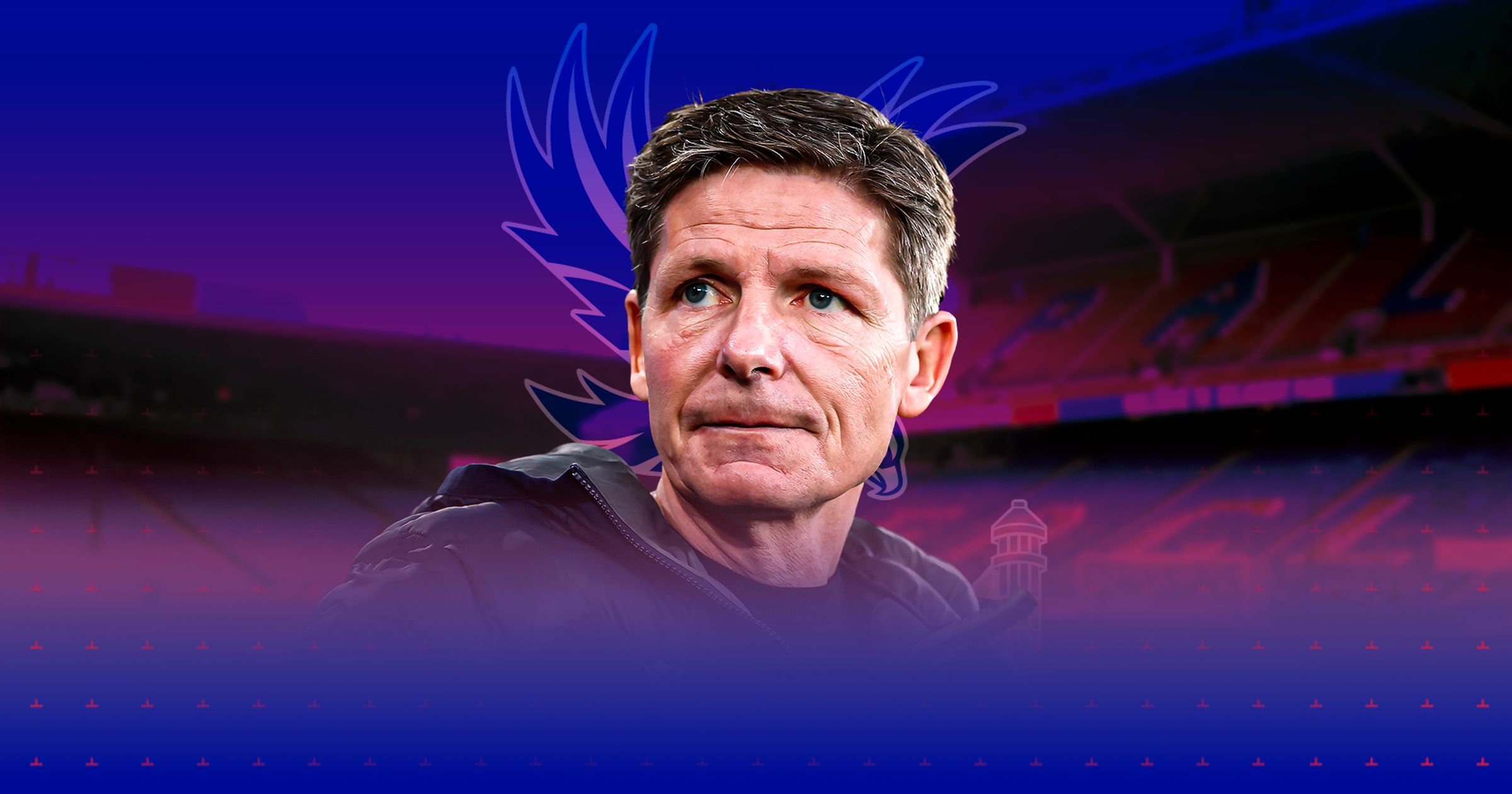
Time, perseverance, and a minor strategic adjustment: How Oliver Glasner’s Crystal Palace is aspiring to make history in both the Premier League and the FA Cup.
Patience is a rare commodity in the world of football, and it was certainly tested at the start of this Premier League season. Eight games passed, and Crystal Palace, under the stewardship of Oliver Glasner, found themselves without a single win.
This was not the script that had been written. Last season, Palace had been a revelation, finishing strongly with six victories in their last seven matches, including a memorable 1-0 triumph at Anfield and a stunning 4-0 rout of Manchester United at Selhurst Park.
As the summer approached, expectations were high. Many viewed Palace as potential dark horses for a European spot. However, the sale of Michael Olise to Bayern Munich, coupled with the departures of Jordan Ayew and Joachim Andersen, left the squad in a precarious position, struggling to find adequate replacements.
Eventually, the club did manage to bring in Eddie Nketiah, Maxence Lacroix, and Ismaila Sarr just before the transfer window closed. Glasner had the resources at his disposal, but the question remained: did he have the time?
Following the transfer window, Palace drew their next three matches, but then suffered three consecutive defeats. The Eagles found themselves in the bottom three after eight games, and the situation looked dire.
Reports in October indicated that the club’s hierarchy, led by CEO Steve Parish, were contemplating sacking Glasner in a bid to halt the downward spiral.
However, Glasner was granted time, and in their next outing, Palace secured a crucial 1-0 victory over Tottenham Hotspur. In hindsight, this result proved monumental.
While not everything was perfect—Palace lost to Fulham in their next league match—the hope had returned, and results began to improve.
Fast forward to April 2025, and the narrative has shifted dramatically. Crystal Palace have become a team that no one in the Premier League wants to face.
Since the turn of the year, only Liverpool, with eight wins, have surpassed Palace’s seven victories. Remarkably, no team has conceded fewer goals (eight) or kept more clean sheets (five) than the Eagles.
They have surged up the table to 11th place, just five points shy of eighth, which is likely to secure a European berth this season, and they are also in the FA Cup semi-finals.
To put this achievement into perspective, Palace are not akin to a club like Aston Villa; this is not the awakening of a sleeping giant. Their honours list includes two second division titles, one third division title, a single Full Members Cup, and two heart-wrenching FA Cup final defeats to Manchester United.
So, how have they turned their fortunes around? Earlier in the season, when Glasner was under pressure, there were concerns about his rigid adherence to a 3-4-2-1 formation.
Ironically, the change in Palace’s fortunes has not stemmed from a tactical shift; Glasner has remained steadfast in his formation. Instead, it is the team’s approach to play that has evolved.
If we split the season after the 2-0 home defeat to Fulham, we see an interesting trend. Palace are scoring more and conceding fewer goals, which is, of course, the key to winning matches. However, they are also taking fewer shots and registering fewer on-target attempts.
Crucially, they have improved their conversion rate of big chances from 22.7% to an impressive 35.7%. Interestingly, their possession has decreased from an average of 45.8% to 42.9%, and they are completing around 30 fewer passes per game.
This suggests that rather than overhauling his tactical setup, Glasner has refined how he wants his players to execute their game plan. Known for his teams’ counter-attacking prowess, he has blended that with a more aggressive, high-octane style that denies opponents space and capitalises ruthlessly on turnovers.
In essence, it’s a simpler approach—trusting instincts rather than overcomplicating matters.
Another crucial factor is that Glasner simply needed time. He is still relatively new to the role, having only been in charge for just over a year, and the summer transfer window was his first opportunity to shape the squad.
He required time to integrate new signings and to address the challenges posed by the absence of Olise, one of the club’s standout players. Additionally, it’s worth noting that Palace had seven first-team players reach major international finals last summer, which undoubtedly impacted their early-season form.
The turnaround in Palace’s fortunes is a testament to Glasner’s managerial acumen and the club’s patience. The Eagles are soaring high—now the question remains: how far can they fly?
Manchester City will face Crystal Palace on Saturday, April 12, with kick-off scheduled for 12:30 UK time. Live coverage will be available on TNT Sports 1, TNT Sports Ultimate, and discovery+, starting from 11:00.
